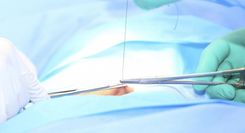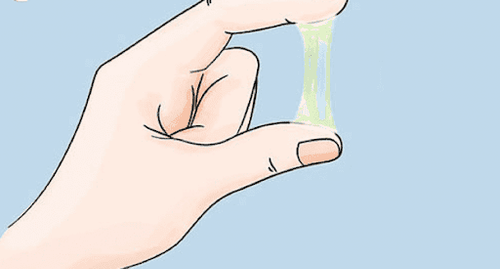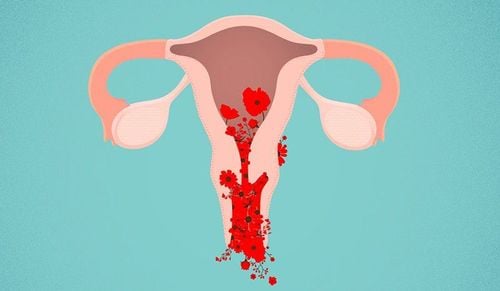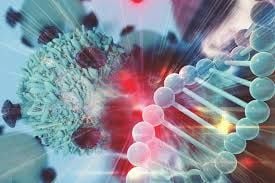There are between 4 to 8 different types of nipples. Your nipples can be flat, inverted, protruding, or unclassified. However, having inverted nipples instead of protruding ones is completely normal.
1. Women's Health Can Be Diagnosed Through Nipples
The color of the nipples is a factor that doctors and nurses consider when assessing women's health.
In 1671, English midwife Jane Sharp published a book called "The Midwives Book or the Whole Art of Midwifry." According to a course on female anatomy at Stanford, Sharp once wrote: "Nipples turn red like strawberries after intercourse, which is the natural color of nipples. But a woman's nipples turn blue when breastfeeding and develop into a dark color as they age."
2. What Type of Nipple Do You Have?
There are between 4 to 8 different types of nipples. They can be flat, inverted, protruding, or unclassified.
However, having inverted nipples instead of protruding ones is completely normal.
Inverted nipples tend to disappear after breastfeeding. Stimulation, massage, or using hot or cold temperatures can temporarily make the nipples protrude.
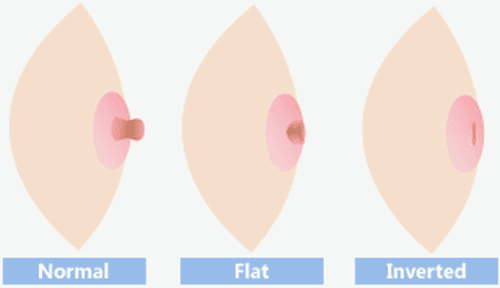
3. Nipples Are Different from Areolas
The nipple is located at the center of the breast, connected to the milk ducts, and is the site of milk production. The areola is the darker, wider area surrounding the nipple.
4. You Can Have Two Nipples on One Areola
Some people have two nipples on one areola, known as double nipples. Depending on the milk duct system, both nipples can produce milk, but it may be harder for the baby to latch on.
5. Hair on Nipples Is Real
The small bumps around the nipples are hair follicles that both men and women have. Therefore, having hair on the nipples is real. These hairs can appear darker and finer than other body hairs. However, you can pluck, trim, tweeze, or shave them if they bother you.
6. Average Nipple Height Is the Size of a Ladybug
According to a 2009 study, the average diameter of the areola is 4 cm, slightly smaller than a golf ball. The average diameter of the nipple is 1.3 cm, similar to the width of an AA battery; the average height of the nipple is 0.9 cm, corresponding to the size of a ladybug.
7. Breast Milk Is the Best Formula for Babies
During the Renaissance, noblewomen used wet nurses to care for their children. However, by the early 20th century, formula milk was considered ideal, but doctors realized that formula could never provide all the components of breast milk. Therefore, today, most people breastfeed their babies, especially in the first 6 months of life.
8. Nipple Pain Is Common in Women
Nipple pain is common in women, especially breastfeeding mothers. There are many different reasons, including positioning issues while breastfeeding. Nipple pain can also affect non-breastfeeding individuals, which may be a symptom of premenstrual syndrome or other hormonal changes.
Nipple cancer can also cause pain but is very rare. You should see a doctor if the pain persists or if there is blood or discharge from the nipple
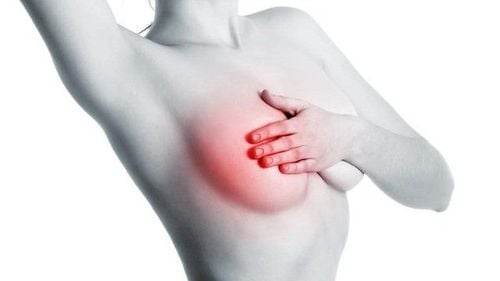
9. Nipples Can Change Size
Nipples can change size and occur more frequently during pregnancy. According to a 2013 study of 56 pregnant women, their nipples grew in both length and width throughout the study and during pregnancy.
10. Abnormal Nipple Discharge
Discharge from one or both nipples can be a warning sign of health issues or symptoms of hypothyroidism and cysts. However, if you see blood coming from the nipple, see a doctor for evaluation and appropriate nipple care and diagnosis.
11. "Ideal" Nipple Position
According to a survey of 1,000 women and 1,000 men, the most preferred nipple position for both genders is in the middle of the breast vertically and slightly tilted towards the center horizontally. However, this does not mean that other nipple positions are not ideal.
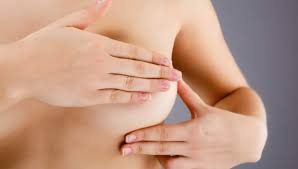
12. Nipple Tattoos in Breast Reconstruction
Most people do not share much about their nipple shape, but this information is very useful for research and plastic surgeons during breast reconstruction. In breast reconstruction surgery, areola tattoos are considered the final step. These tattoos are becoming increasingly popular among those undergoing nipple reconstruction, as it is a relatively quick and simple procedure with realistic visual results.
13. No Nipples
There is a rare condition where people are born without nipples, known as Athelia. To treat this condition, you will undergo breast reconstruction. Breast reconstruction surgery will depend on the body's habits and preferences, with the surgeon taking tissue from the abdomen, back, or buttocks.
14. You Can Have Multiple Nipples
Some cases may have multiple nipples, known as supernumerary nipples. It is estimated that 1 in 18 people has an extra nipple.
For example, a man with seven nipples, including two normal nipples and five extra nipples, or a 22-year-old woman with a nipple on her leg, which has tissue, hair follicles, and glands.
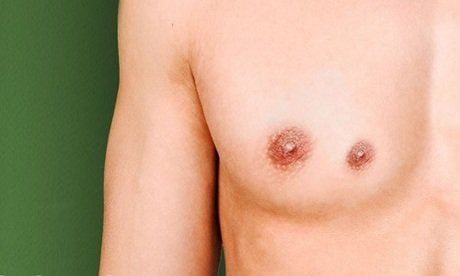
15. Nipples Can Crack
In a study in Brazil, about 32% of women reported having cracked nipples while breastfeeding in the first month after birth. However, if you are not breastfeeding, exercise can also cause redness, itching, or peeling skin around the nipples. Therefore, choose appropriate sports bras.
16. Nipple Piercings Can Feel Good
In a 2008 study of 362 people, 94% of men and 87% of women liked nipple piercings. Less than half said it was related to sexual satisfaction.
17. Nipple Stimulation Increases Sexual Arousal
For most men and women, nipple stimulation is a beneficial foreplay. A study of people aged 17 to 29 showed that nipple stimulation increased sexual pleasure in 82% of women and 52% of men. Only 7 to 8% said it decreased their arousal.
18. Nipples Can Change Color
You may have heard that nipples can change color, but experts agree and disagree. Although there are many theoretical experiments on nipple color, they are unreliable because your nipples will change color due to temperature, pregnancy, and aging.
19. Nerve Supply to Nipples Differs in Men and Women
Researchers in 1996 conducted autopsies to study the nerve supply to the nipple and areola. They found that the nerves in women's nipples are more extensive than in men's.
20. Breast Surgery Affects Nipple Sensitivity
Breast augmentation is a very popular surgery, but it causes loss of nipple sensation. A 2011 study showed that 75% of surveyed women experienced changes in sensation after breast augmentation surgery, while 62% experienced pain when touched.
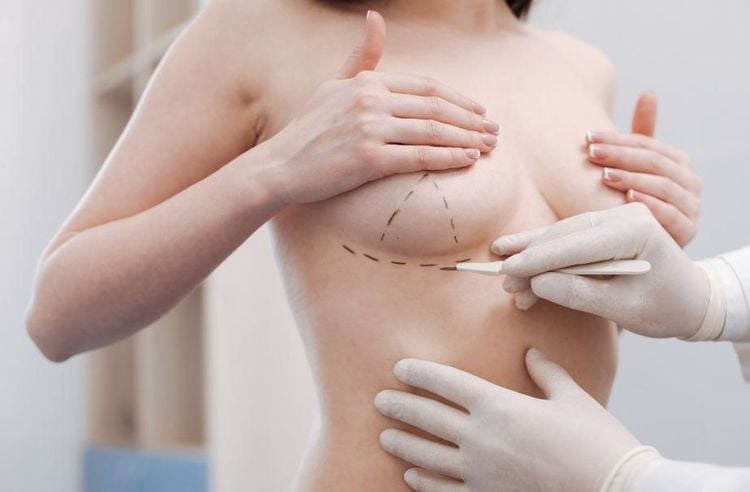
21. Bumps Around Nipples
Montgomery glands, scientifically known as areolar glands, secrete a substance called lipoid to lubricate the entire areola and nipple area. However, excessive secretion can lead to bumps around the nipples.
22. Breastfeeding Mothers Can Start Producing Milk Naturally When They Hear or Think About Their Baby
For some mothers, nipples can start producing milk naturally when they hear their baby cry or think about their baby. Mothers with babies in the NICU and too premature or sick to eat are more successful in producing milk if they have a picture of their baby nearby.
23. Fake Nipples Look More Attractive
According to a study by the University of Nebraska, men and women have similar eye movements and gazes when looking at women. They quickly look at the chest and "other seductive parts" before moving to other areas of the body.
24. Men's Nipples Can Produce Milk
Men's nipples can produce milk, a phenomenon known as galactorrhea, but this is very rare and affects health and daily life.
Some experts believe the cause is usually due to increased hormone levels. Older studies from the 1970s and 1980s show that men can produce milk similarly to breastfeeding women, but there have been no recent studies.
In summary, there are 8 different types of nipples with many important functions. Therefore, learn to take care of your nipples effectively and improve your health.
To arrange an appointment, please call HOTLINE or make your reservation directly HERE. You may also download the MyVinmec app to schedule appointments faster and manage your reservations more conveniently.
Reference source: healthline.com